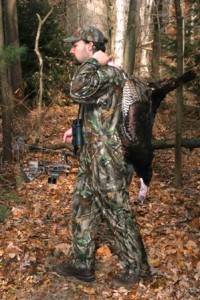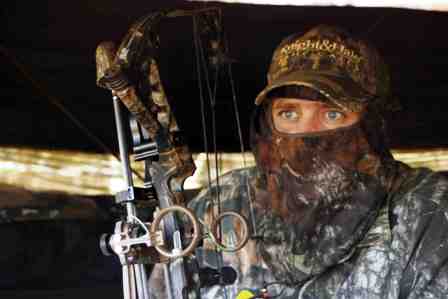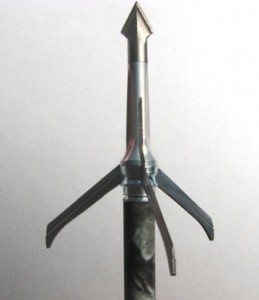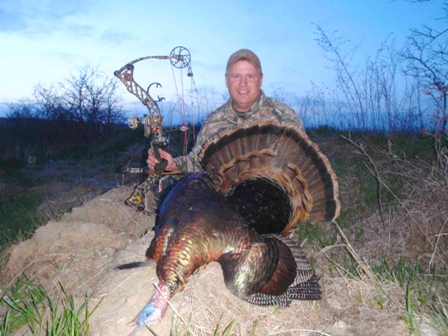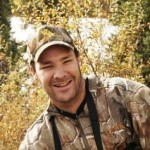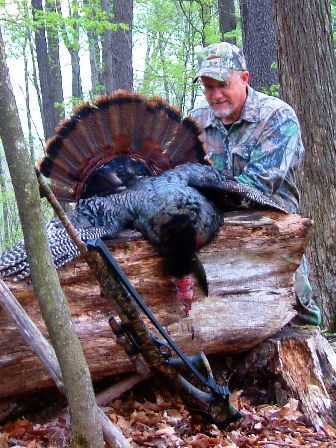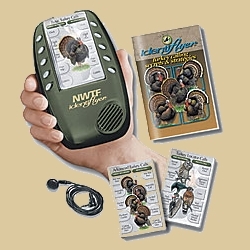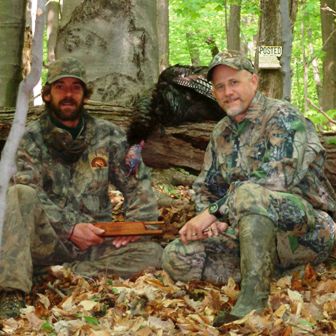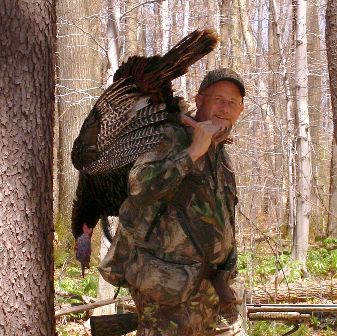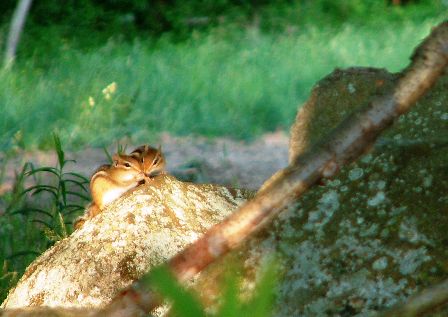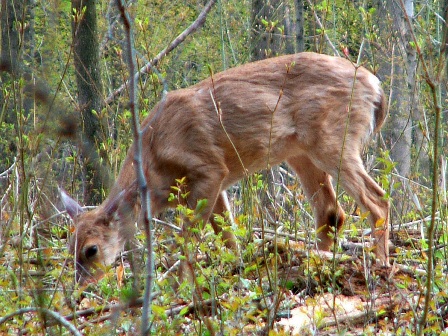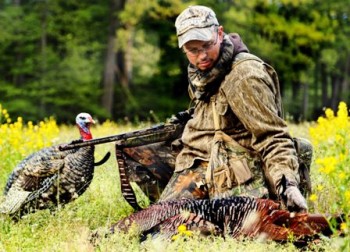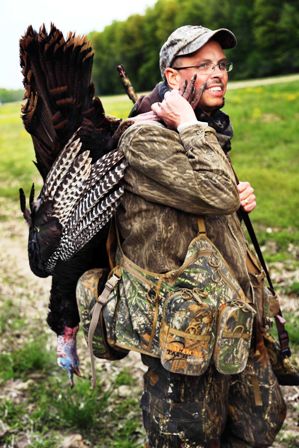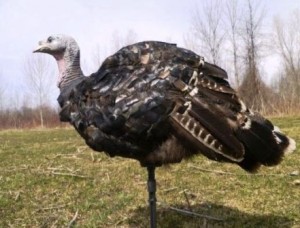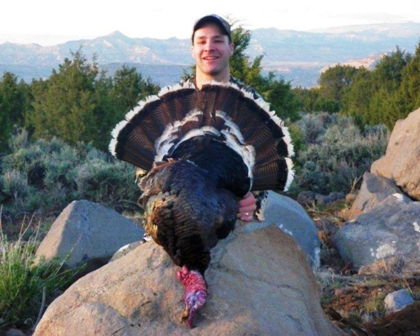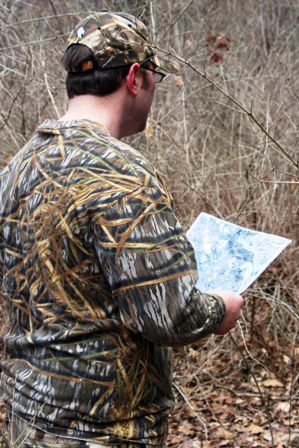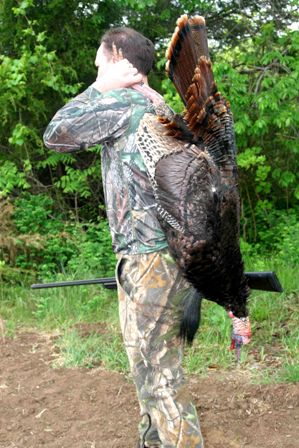By Tracy Breen
The right archery gear can make you a
successful turkey bowhunter.
If you’re a diehard turkey hunter AND a diehard bowhunter, you’ll eventually decide to chase longbeards with archery gear. Killing a tom with a gun can be tough; killing one with a bow can seem impossible. The truth is, although hunting longbeards with a bow can be extremely difficult, with the right gear you can consistently tag a tom with a stick and string. But you need to gear up for it. When bowhunting turkeys, here are the items I and many of my friends don’t leave home without.
1. Pop-Up Blinds
Tagging a tom with a bow in the wide open without a blind is a low-odds proposition, but hunting from a pop-up ground blind increases your odds dramatically. Not only does it conceal all of your movement, a blind is lightweight and goes up quick. Most importantly, turkeys aren’t usually bothered by pop-up blinds – they’ll walk right into a decoy setup even with a blind twenty yards behind it. When hunting from a ground blind, have only a couple windows open to shoot from, and keep the back windows closed. This lets in very little light and keeps the interior of the blind black, concealing your movement.
2. Broadheads
Using the right broadhead is a necessity when bowhunting turkeys. You need a mechanical broadhead with a large cutting diameter. My favorite is the 3-blade Grim Reaper Whitetail Special. It has a 2-inch cutting diameter which really does the trick on a strutting tom. Other great turkey broadheads include the Rage, the Spitfire Gobbler Getter and the Magnus Bullhead. The vitals on a turkey are very small so having a head with a large cutting diameter is a little more forgiving if you don’t make a perfect hit.
3. Decoys
Decoys are important when bowhunting turkeys for several reasons. First, they make a great yardage marker. I always place my decoys between 10 and 15 yards away from my blind. Then I know for sure that the tom is within range when he enters my decoy spread. I usually use three decoys or more – at least one Jake decoy and two hens. Lugging around three decoys can be a pain but is often worth the extra effort.
Cally Morris from Hazel Creek Decoys has killed dozens of toms with a bow. He believes turkeys are claustrophobic and having the decoys set up just right is critical. “Many hunters place their decoys too close together. As a result, when a tom approaches the spread, he can’t easily get in between the Jake decoy and the hen,” said Morris. “This often spooks the tom and he starts to walk away. Leave several feet between the decoys so the real tom can come in and face the Jake decoy for a fight, which will provide a great shot opportunity.”
4. Rangefinder
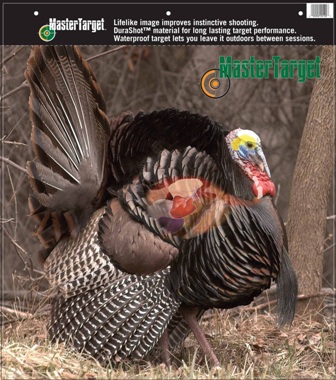
This turkey target from Master Target shows the small vitals that you must hit when shooting a turkey
with a bow.
Another must-have piece of equipment is a rangefinder. Since a turkey’s vitals aren’t very big, misjudging distance even by a small amount can result in a wounded bird or a complete miss. When you are set up in the blind, range a few trees so you know the distance to a few landmarks. Range the decoys also so you know exactly how far away they are.
5. 3D Target
Practicing on an actual 3D turkey target is a great way to train for the hunt. The vitals for a turkey aren’t as pronounced as they are on some animals. When strutting, a tom looks like a large black ball. At the moment of truth, choosing a spot to aim can be difficult. Practicing on a 3D target helps take the guesswork out of it when hunting. If you’re unclear about where to aim, Master Target has a great target with the vitals clearly outlined. It’s a face target, so just put it over any archery target to stop your arrows.
Joel Maxfield from Mathews Archery has killed hundreds of turkeys with a bow. He prefers shooting a tom right above the drumsticks. “Shooting a tom above the drumsticks takes out the back of his vitals along with his legs so he won’t be able to run or fly away,” said Maxfield. Shooting them where the wing meets the body or right up the hind end are a couple other options to consider.
6. String Tracker
Finally, you may want to consider a string tracker. Turkeys are known to disappear after the shot. A string tracker will help with the recovery. Very few people use these anymore, but when your shot doesn’t disable the gobbler instantly, they are worth their weight in gold.
In many states, the success rate during the spring turkey season when using a bow is in the single digits, but with the right gadgets and with dedication, tagging a tom with a bow is doable.
***
Tracy is a full-time outdoor writer and consultant in the outdoor industry. He works with a variety of television shows and outdoor brands including Havalon Knives. Learn more at www.tracybreen.com.
Download your FREE copy of…
5,526 total views, no views today


